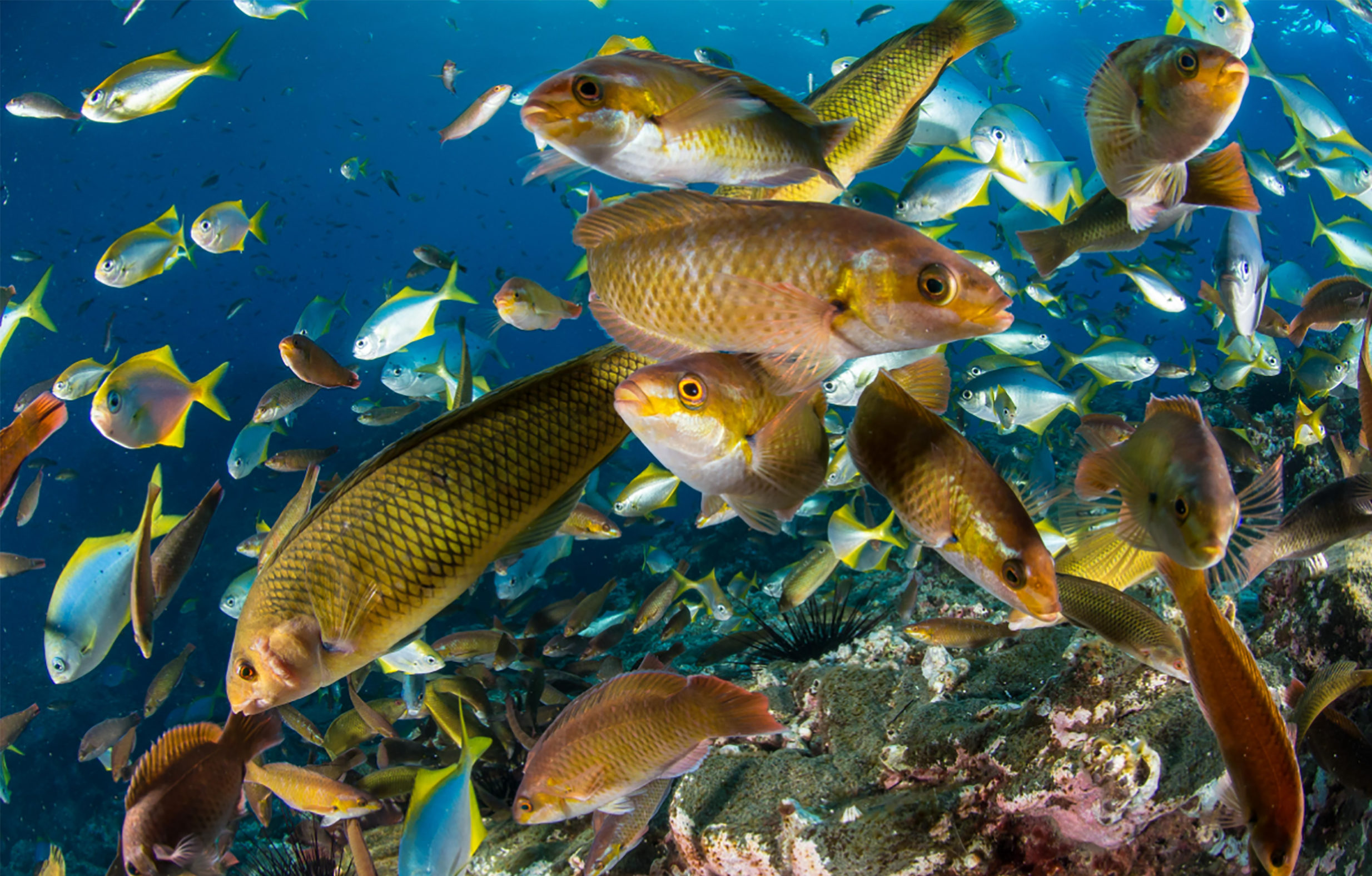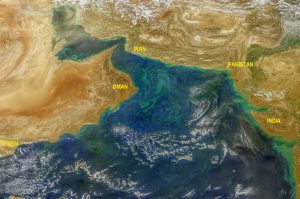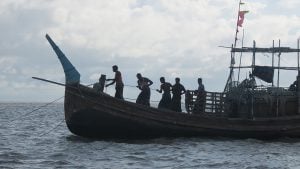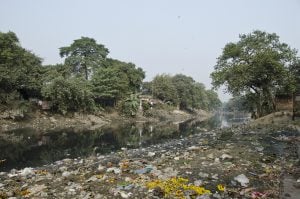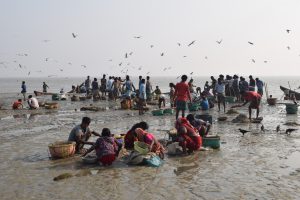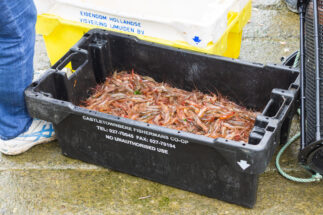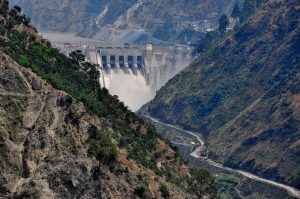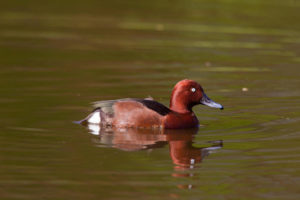An ocean protection strategy that targets densely populated coastal areas, rather than ringfencing the most remote corners, could deliver game-changing climate benefits. It could also increase food production and restore the biodiversity of fragile ecosystems, scientists have said.
An international team of 26 researchers found seabed dredging poses a particular danger. Dredging disturbs marine sediments, releasing the organic carbon stored underground. This leads to carbon dioxide (CO2) build-up and acidification. Putting a stop to just this form of fishing would prevent up to one billion tonnes of carbon emissions annually. This is equivalent to the total CO2 emissions from the aviation industry and about 2.5% of total global emissions.
A combination of new protected areas along populated coastlines, free from human interference, and more sustainable fishing practices would also restore key biodiversity hotspots and increase fish catch. Healthier fish and larvae would naturally spill over into unprotected waters, the researchers wrote in a study published in the journal Nature.
‘Triple win solutions for ocean management’
“Food, biodiversity and climate change are the three defining challenges of our time,” said author Boris Worm, a biology professor at Dalhousie University in Canada. “So we asked, how can we use ocean protection more intelligently, to cover all three objectives at the same time?”
Alex Rogers, science director at the REV Ocean foundation and senior research fellow at the University of Oxford in Britain, who was not involved in the study, said the paper “confirms the growing belief among marine scientists, conservationists and those involved in sustainable blue economic activities that there are triple-win solutions for ocean management.”
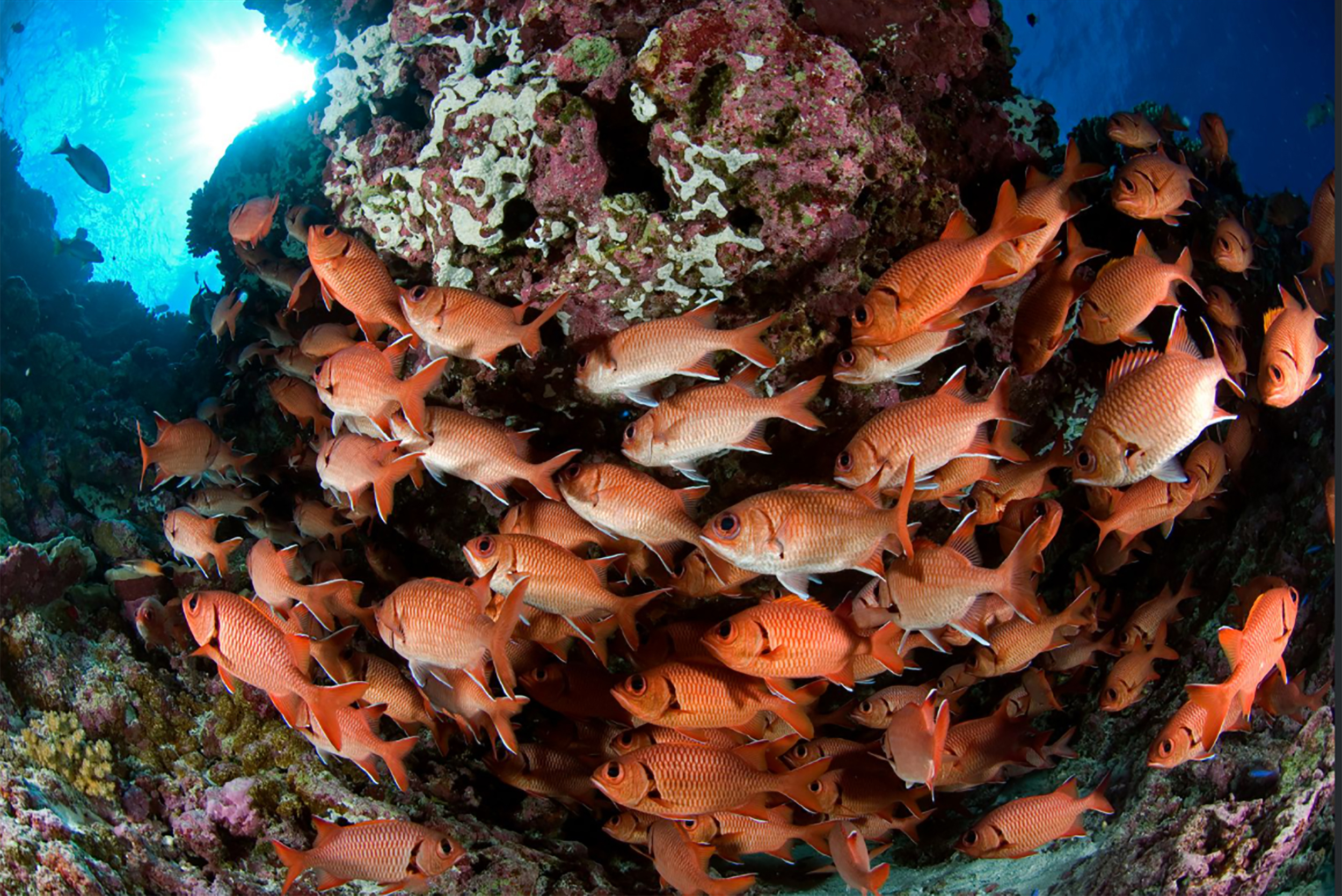
The researchers, he explained, looked at models of how marine-protected areas can be used to preserve biodiversity, fisheries and carbon stocks in the ocean. “They then combined these models to look at potential trade-offs [from] favouring one particular driver over another, or by considering all three. The results demonstrate that regardless of your viewpoint, current levels of marine protection are wholly inadequate.”
Managing ocean protection comprehensively
Currently, 7% of the world’s oceans are under some form of protection, “but only 2.3% is preserved in a way that strongly enhances biodiversity and food production,” Worm explained. “But now we’re pivoting towards some of the most overfished, most heavily used places on the planet, because this is where we can get the most increase both in species diversity and food benefits.”
According to the study, in total countries can protect up to 70% of the ocean without harming fisheries, because fish populations will still be healthy and abundant in the remaining areas. “And they will actually do a lot better than how they do today, where they have access to more than 95% of the ocean,” Worm said. Places that have experienced overfishing like India, he explained, will be even better candidates for such change, because they have huge room for improvement.
“It is high time that we extend this [holistic] perception and approach to our own vulnerable marine ecosystems in the Indian Ocean,” said Roxy Mathew Koll, scientist at the Indian Institute of Tropical Meteorology in Pune, and a lead author for the latest UN climate change report on the state of the oceans and cryosphere. For example, he said, “We have a handful of coral reefs in the north Indian Ocean that are under constant threat due to climate change and direct human activities such as coral mining and fisheries.”
Coral reefs occupy only 0.1% of the Earth’s surface but are home to 25% of all marine biodiversity, and “though fish move around across the ocean, many of them spawn around these delicate ecosystems,” Koll added. “Hence it is urgent that we have strong laws for marine ecosystem protection.”
2,883,128 tonnes
Carbon emissions that would be prevented annually if India were to stop bottom trawling
While the study’s model proves that increasing the number of highly protected areas yields results for coastal economies in the long run, a big question remains: “Do we have the luxury [to implement these changes] in populous areas such as the Bay of Bengal countries, which are thronged with a range of challenges and where communities are very poor?” asked Aaron Lobo, a Goa-based marine scientist and member of the IUCN Marine Conservation Committee.
Very often, when it comes to protected areas, local communities are excluded from the decision-making process, he explained. The ‘no-take’ marine reserves, which are covered by the strictest protections, are the most effective tools to restore biodiversity, he conceded, but implementing them “is not the easiest thing to do, particularly in South and Southeast Asian countries, even though it is very important.” Drastic changes are difficult to enforce in countries with poor governance and remote areas that are hard to monitor and where illegal fishing is rife, Lobo explained.
“The devil is really in the detail,” he said. “The paper presents a global picture, but then you need to scan the regional and local context.” This involves designing specific interventions that involve local communities from day one and guarantee long-term benefits, particularly to the most marginalised.
Lobo’s concerns were echoed by Dipani Sutaria, marine ecologist and project lead at the Save Our Seas Foundation. “The Arabian Sea and the Bay of Bengal are biogeographically and ecologically very rich; at the same time geopolitically very difficult to collaborate for international resource-sharing and biodiversity protection in areas that overlap,” she said. More importantly, “being one of the most densely populated regions on the development trajectory, suddenly bringing about a top-down approach to slow down or stop ecosystem services such as fisheries, would not go down well in our area,” she cautioned. “What our countries need to take from the paper is to accept that we are at the brink and we need to stop taking our resources and our climate for granted.”
